PsychNewsDaily Publishers
100 Summit Drive
Burlington, MA, 01803
Telephone: (320) 349-2484
PsychNewsDaily Publishers
100 Summit Drive
Burlington, MA, 01803
Telephone: (320) 349-2484
Vikings did not wear horned helmets; this myth originated in the 1800s for dramatic effect. Real helmets were practical and simple, emphasizing their skills instead.

History’s packed with stories you’ve probably heard that aren’t completely true. A lot of what you learned in school or picked up from friends turns out to be myths.
These misunderstandings have shaped how you see the past. It’s kind of wild to realize how much of what you “know” about history is just made up or twisted over time.
Figuring out which historical “facts” are actually false makes the past a lot clearer. Some of these will probably surprise you. Ready to have your mind changed about a few things?
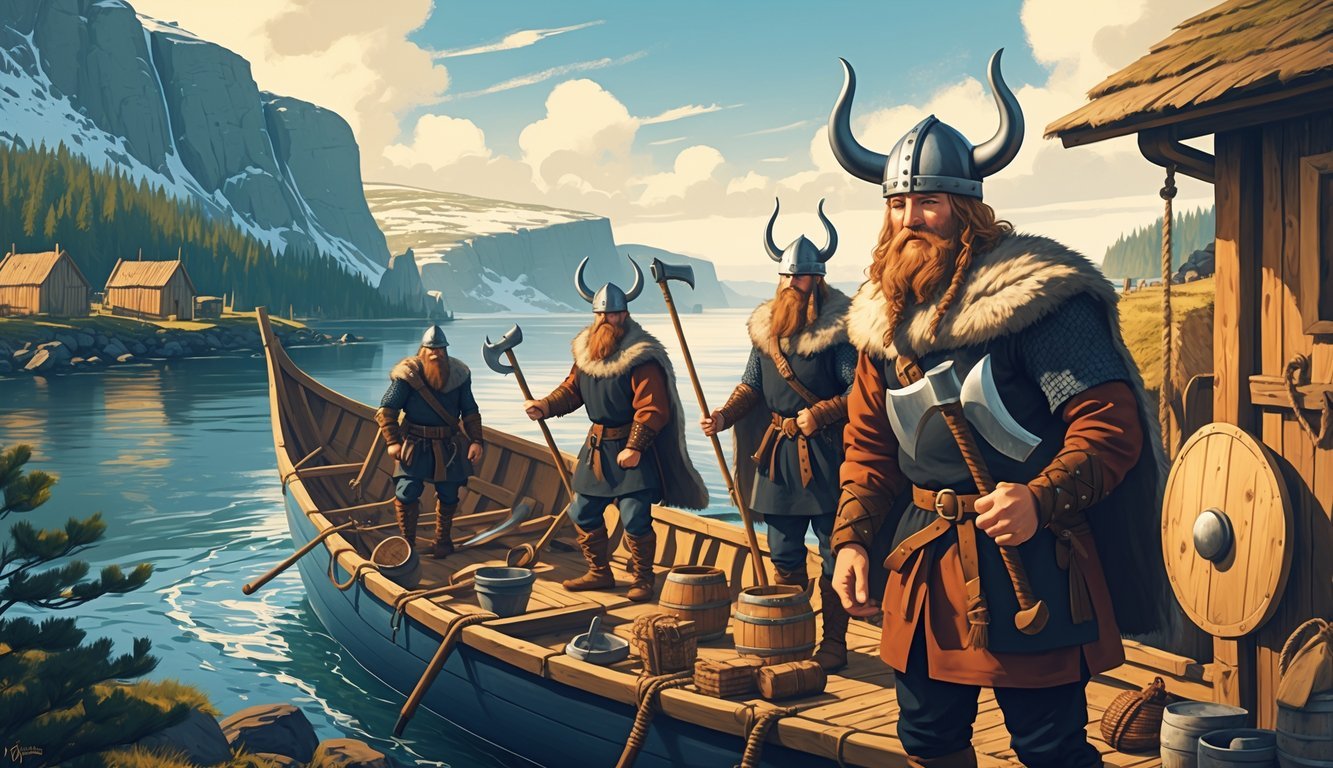
You might picture Vikings stomping around in horned helmets, but honestly, that’s just not true. Archaeologists haven’t found any real Viking helmets with horns.
The whole horned helmet thing started in the 1800s, when artists wanted Vikings to look extra fierce. They just added the horns for drama.
So, when you see those helmets in movies or Halloween costumes, remember—it’s all for show. Real Vikings wore simple, practical helmets. Their reputation came from their skills, not weird headgear.

People often say Christopher Columbus “discovered” America, but that’s not really how it happened. Indigenous Americans had already lived there for thousands of years.
Even Vikings, like Leif Erikson, made it to North America around the year 1000. They set up small camps in what’s now Canada, centuries before Columbus was even born.
So, Columbus wasn’t the first European to show up, either. His trip mattered, sure, but it wasn’t the beginning. History’s just more complicated than the textbook version.
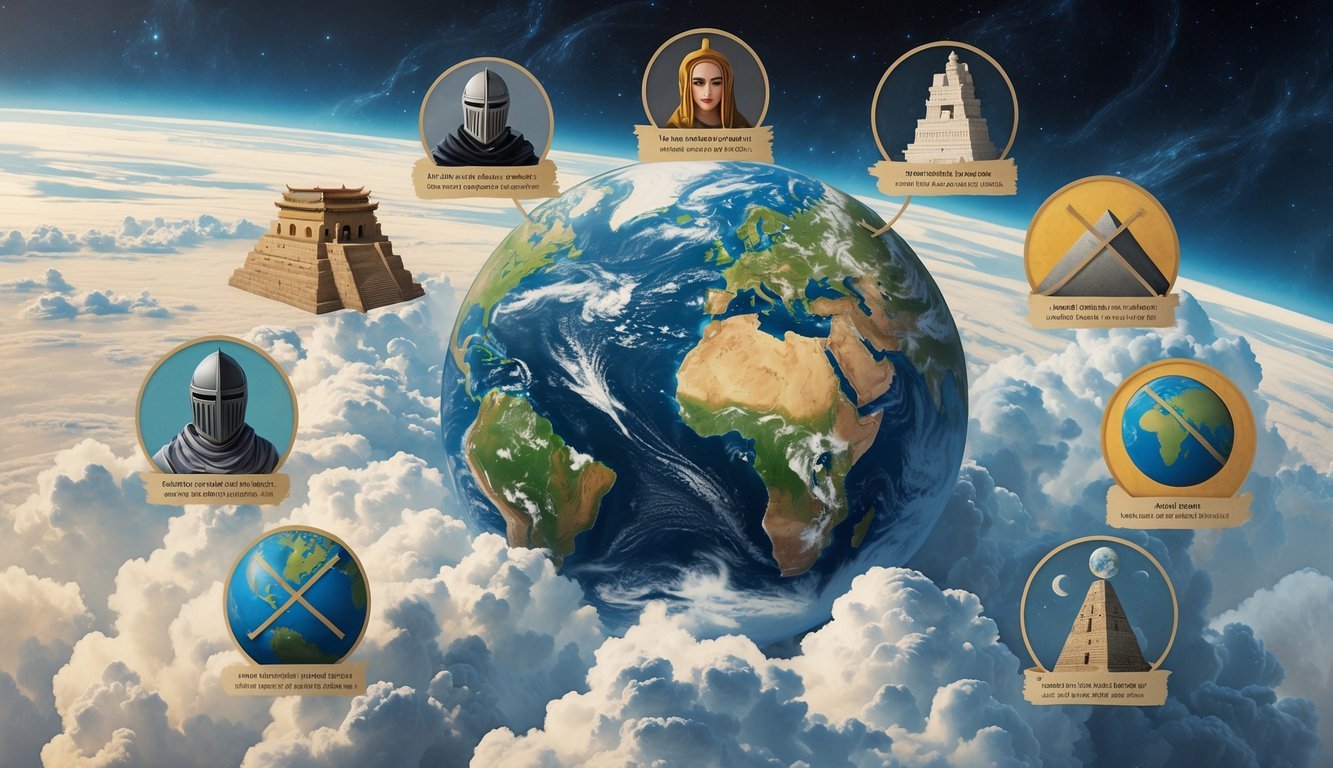
You’ve probably heard that astronauts can see the Great Wall of China from space. Sounds cool, but it’s not actually true.
Astronauts say you can’t spot it with your own eyes from the Moon or even from low Earth orbit. The Wall is just too narrow and blends in with the landscape.
Sometimes they use special cameras or lenses to try, but with the naked eye? Forget it. This myth’s been around forever, but now you know it’s just not how it works.
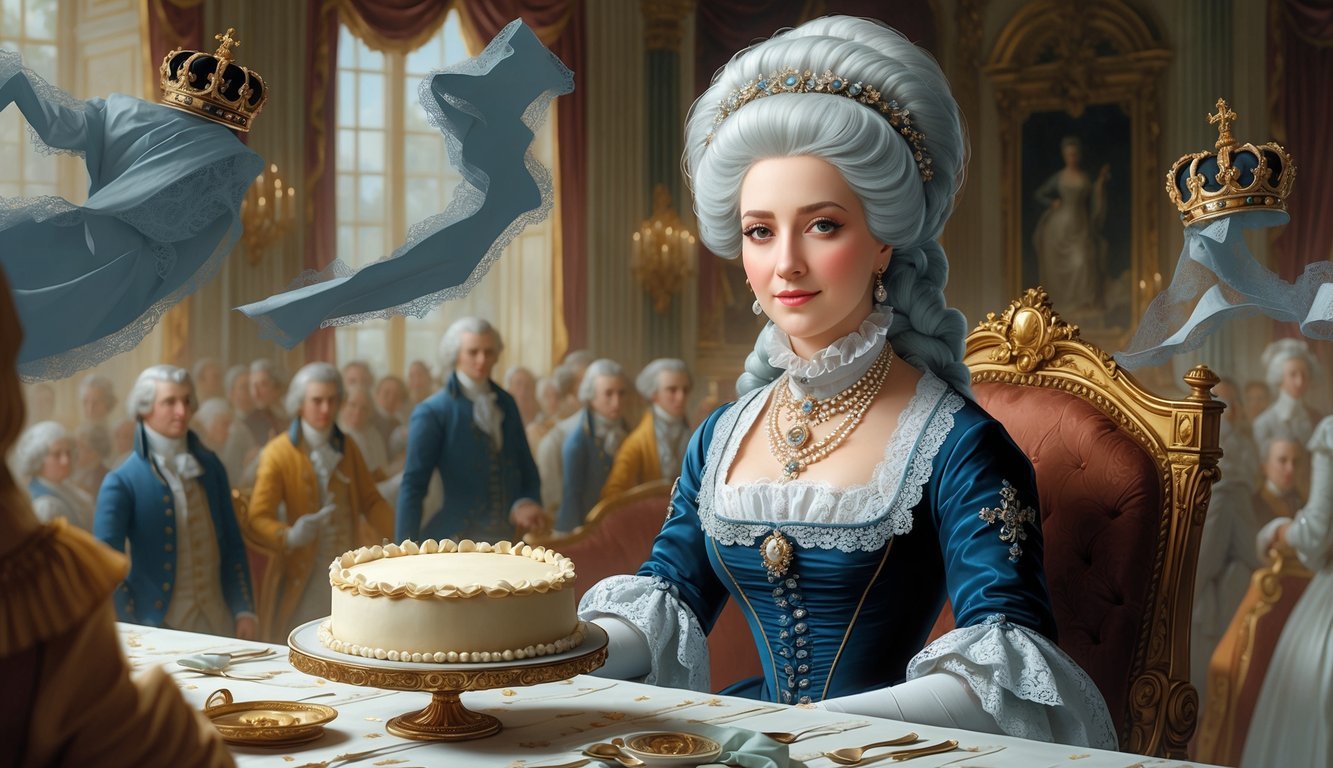
People love to say Marie Antoinette told the hungry, “Let them eat cake.” But she never actually said that. The phrase showed up in writing before she was even queen.
The original French line mentioned “brioche,” which is more like a rich bread than cake. Someone wrote that a “great princess” said it, but nobody knew who.
The story grew over time, mostly to make her look clueless during the French Revolution. In reality, it was just a rumor that stuck.

You’ve probably heard Napoleon was super short, but that’s not the case. He measured about 5’6” or 5’7”, which was pretty average for his time.
People got confused because of different measuring systems and, honestly, some British propaganda. They wanted to make him seem small and weak.
So the next time someone cracks a joke about Napoleon’s height, you’ll know better. The real story’s much more interesting.

It’s a common belief that people in the Middle Ages thought the Earth was flat. But that’s just not true. Educated folks back then knew it was round.
Greek scholars figured this out way before the Middle Ages, and medieval thinkers kept the idea going. They even used maps and watched the stars to study Earth’s shape.
When Columbus set sail, nobody worried about falling off the edge. They just argued about how big the planet was.
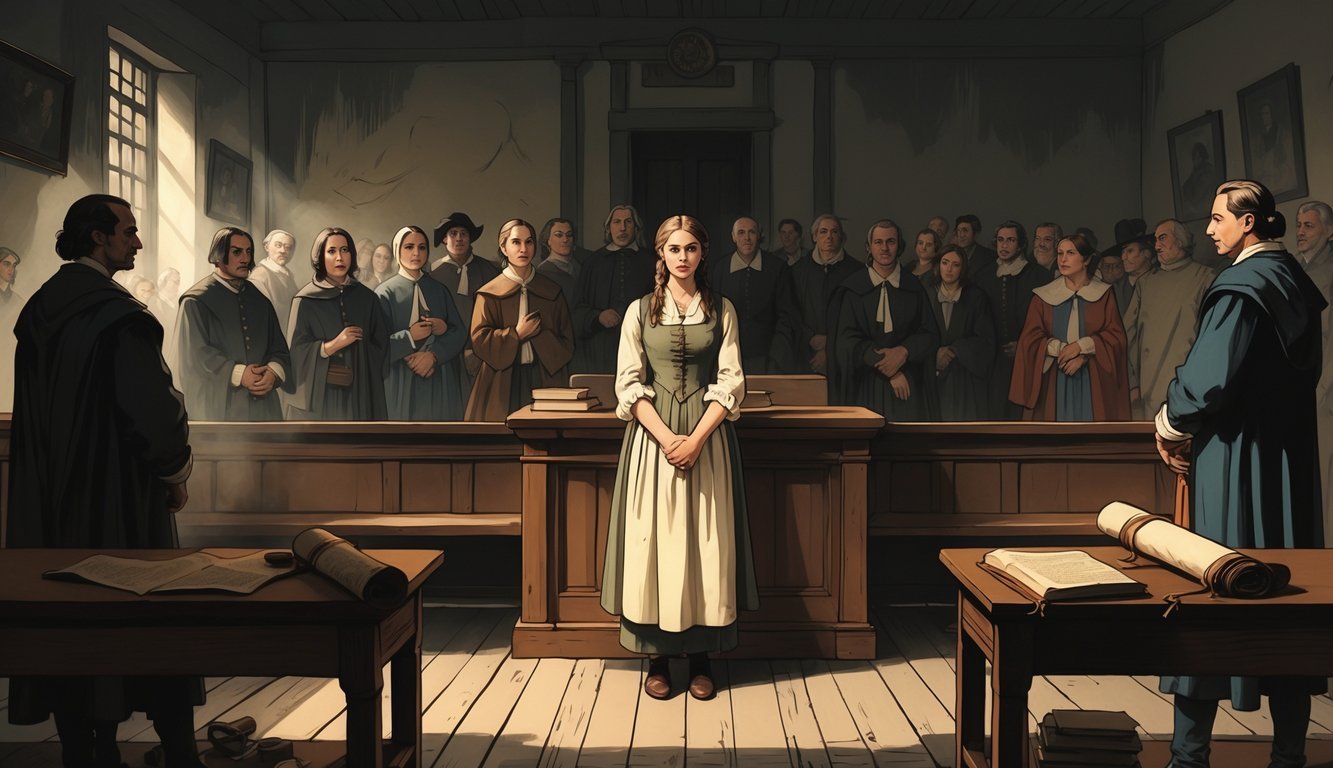
Most people think the Salem Witch Trials happened because everyone lost their minds. That’s only part of the story.
Social tensions and local conflicts played a huge role. Neighbors and families used witch accusations to settle old grudges or protect themselves.
Religion and politics made things even more complicated. The trials weren’t just about panic—they were tangled up in all sorts of community drama.

Some folks believe that after a guillotine execution, there’s no blood. That’s not how it works.
Even after decapitation, blood keeps flowing for a little while. The heart still pumps briefly after the head comes off, so the scene gets messy fast.
The guillotine’s blade is quick and sharp, but it doesn’t instantly stop the body’s natural processes. It’s a grim detail, but it’s true.
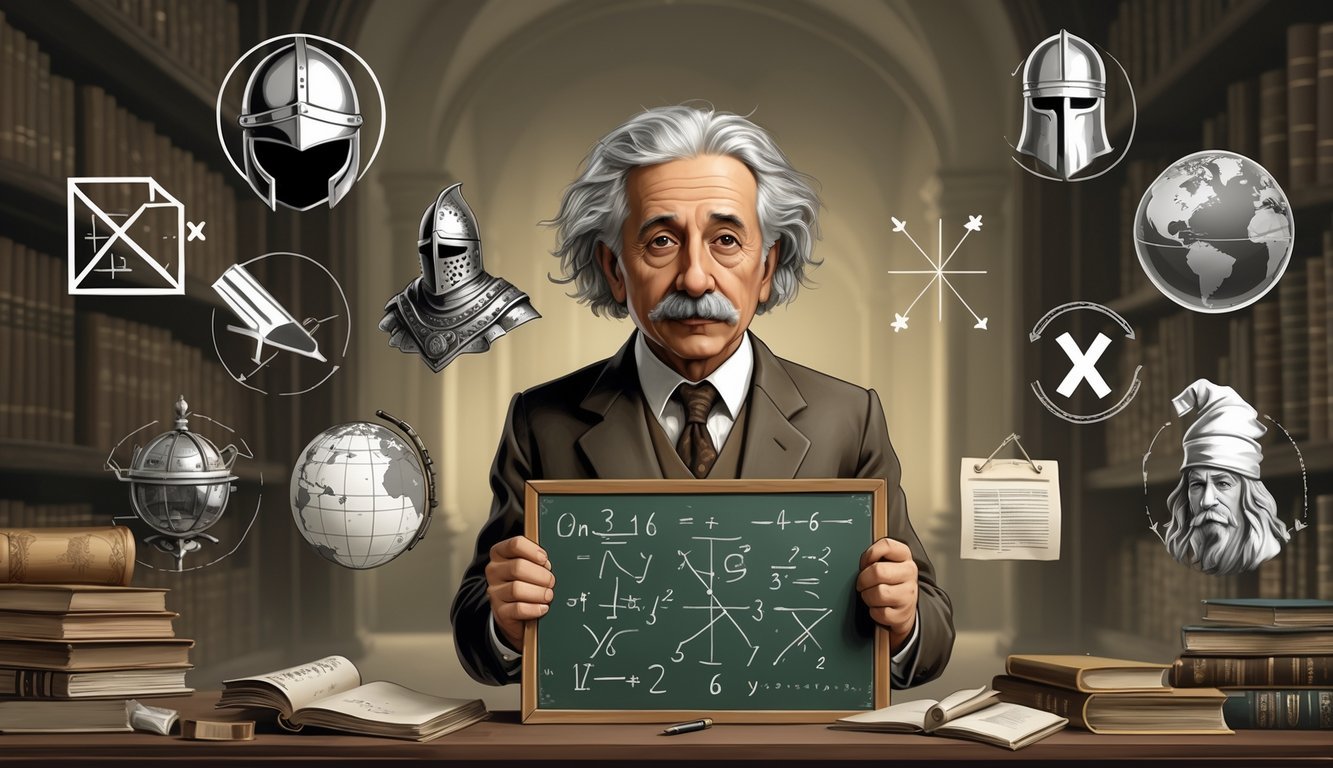
You’ve probably heard people claim Einstein failed math as a kid. Honestly, that’s just not true.
He actually excelled at math from a pretty young age. Before he even turned 15, Einstein had already picked up calculus—yeah, the kind most of us dread in high school.
He once said he never failed a math class. So, where did that rumor even come from?
The truth is, Einstein was a total math whiz and loved wrestling with tough ideas. It’s wild how some stories about history just get it completely wrong, isn’t it?